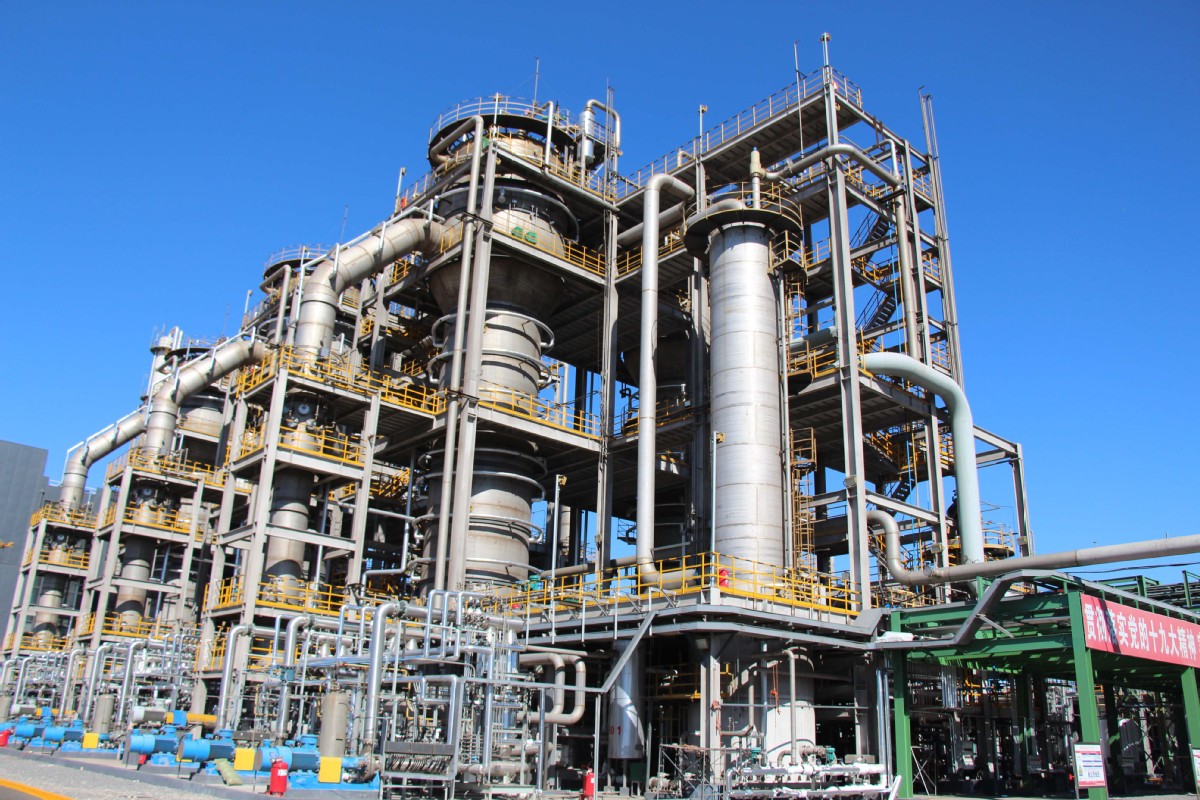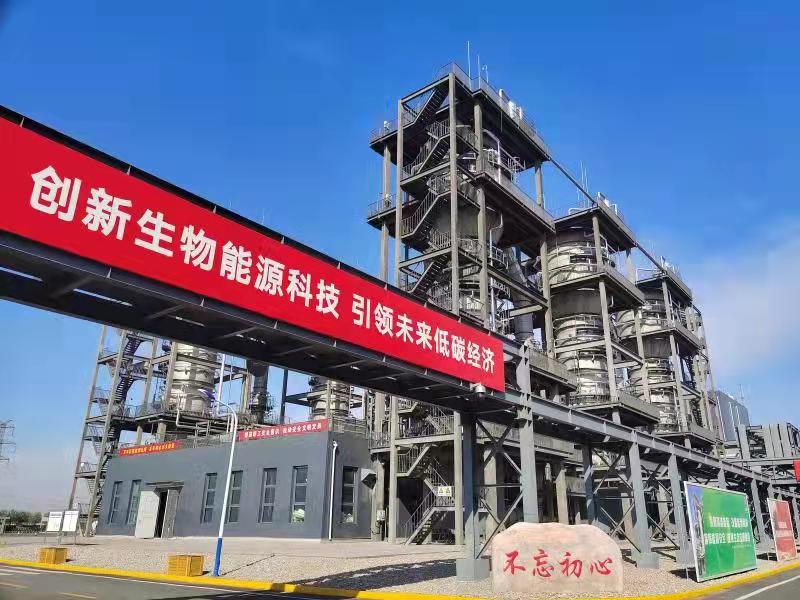New protein can lessen reliance on imported soybean


China has become the first nation in the world to successfully synthesize protein from carbon monoxide, and it has upgraded its industrial production capacity to 10,000 metric tons, the Chinese Academy of Agricultural Sciences said on Saturday.
Clostridium autoethanogenum protein, a new type of feed protein resource transformed from carbon monoxide found in industrial tail gas, can gradually replace soy protein. This would be a huge benefit to China, which sources a great deal of its soybeans from other countries, CAAS said.
Xue Min, a researcher at CAAS's Feedstuff Institute, said the production of 10 million tons of the new protein is equivalent to 28 million tons of imported soybeans and can reduce the emission of 250 million tons of carbon dioxide.
China is the biggest fodder producer and consumer in the world. Its lack of domestic soybeans, the source of feed protein, largely affects national food security.
Huang Qingsheng, the Ministry of Agriculture and Rural Affairs official in charge of fodder, said Chinese livestock consume 400 million tons of fodder every year.
"The fodder contains 70 million tons of protein, of which 60 percent is sourced from imported soybean," Huang said.

Dai Xiaofeng, director of the Feedstuff Institute, said promotion of the technology is significant to ensure national food security and sustainable development.
"The self-developed new feed protein resource will reduce and gradually replace our reliance on soy protein from imported soy beans," Dai said.
Jointly carried out by the institute and Beijing Shougang Lanza Tech, the project made breakthroughs in the development of Clostridium autoethanogenum protein.
"After six years of research, the company has increased the yield rate of biosynthesis protein from carbon monoxide gas to a maximum of 85 percent and succeeded in industrial application," said Chao Wei, vice-president of Shougang Lanza Tech.
The research used industrial exhaust gas containing carbon monoxide, carbon dioxide and ammonia water as the main raw materials to produce Clostridium autoethanogenum protein.
China holds the independent intellectual property rights of this self-innovated protein, he added.
Three global enterprises have tried to achieve this feat but failed during pilot experiments and went bankrupt, a senior official at the company said.
The technology was also on display at an exhibition of China's achievements in scientific and technological innovation during the 13th Five-Year Plan period (2016-20) in Beijing last week.


















